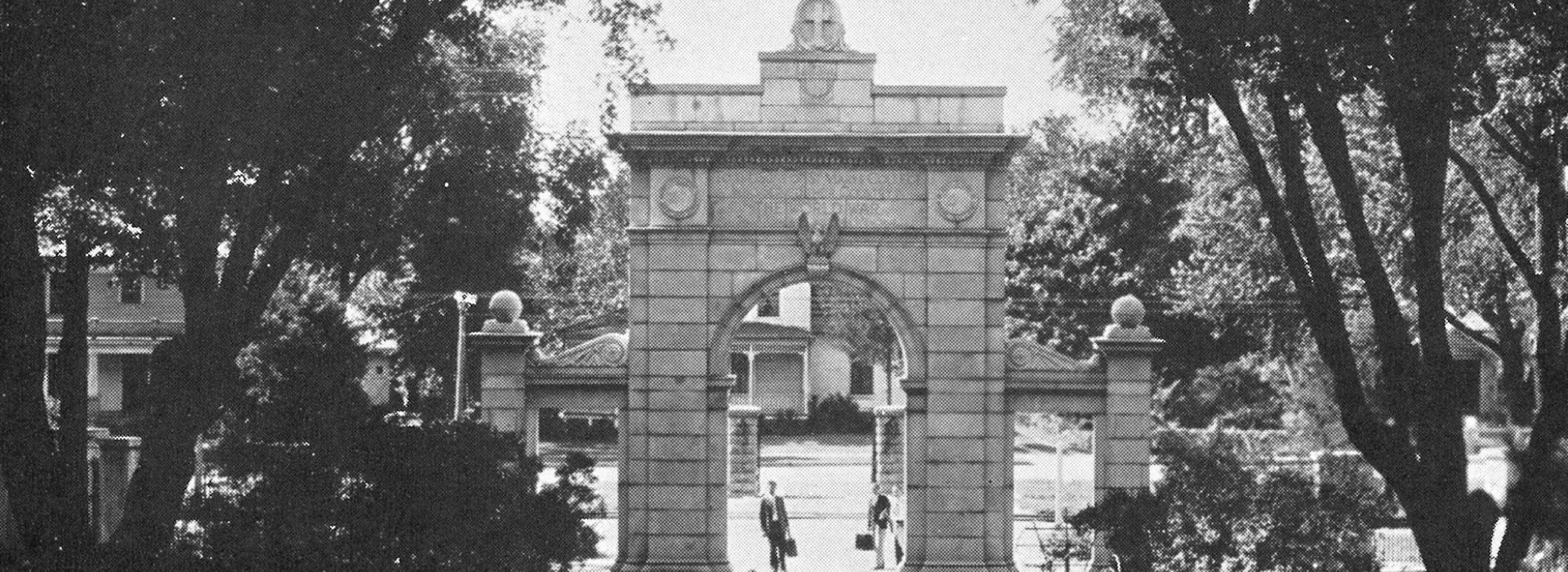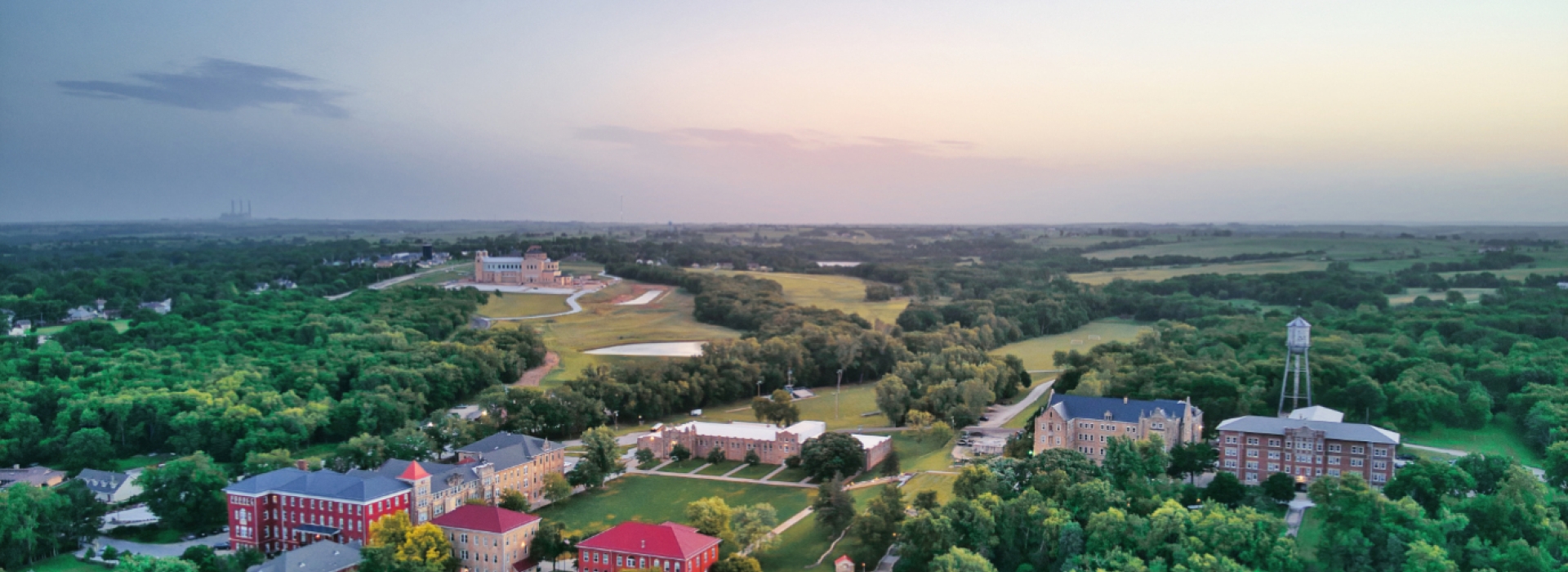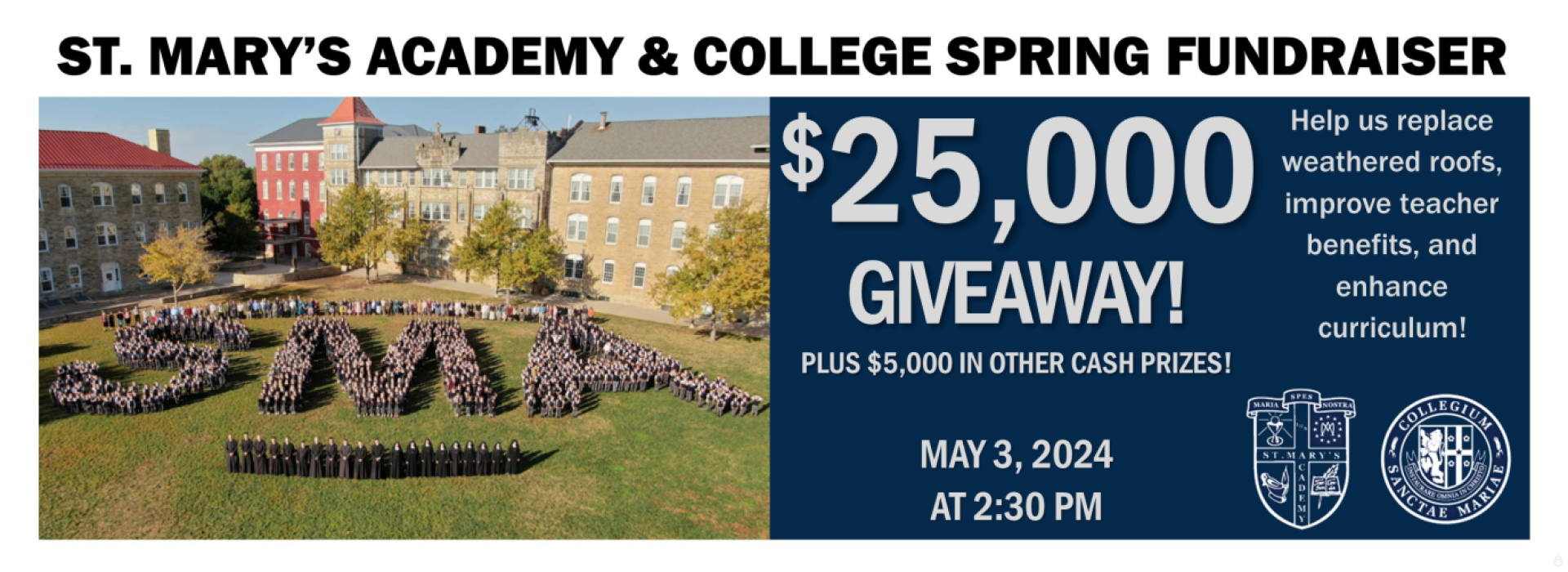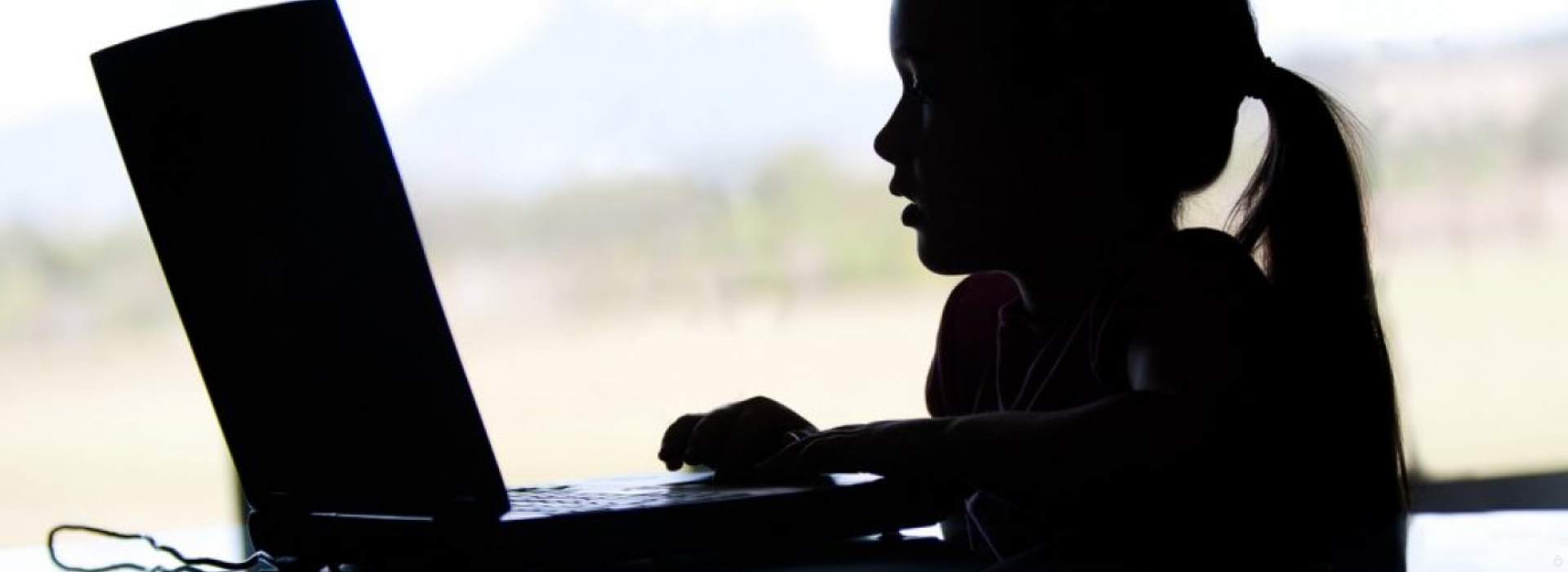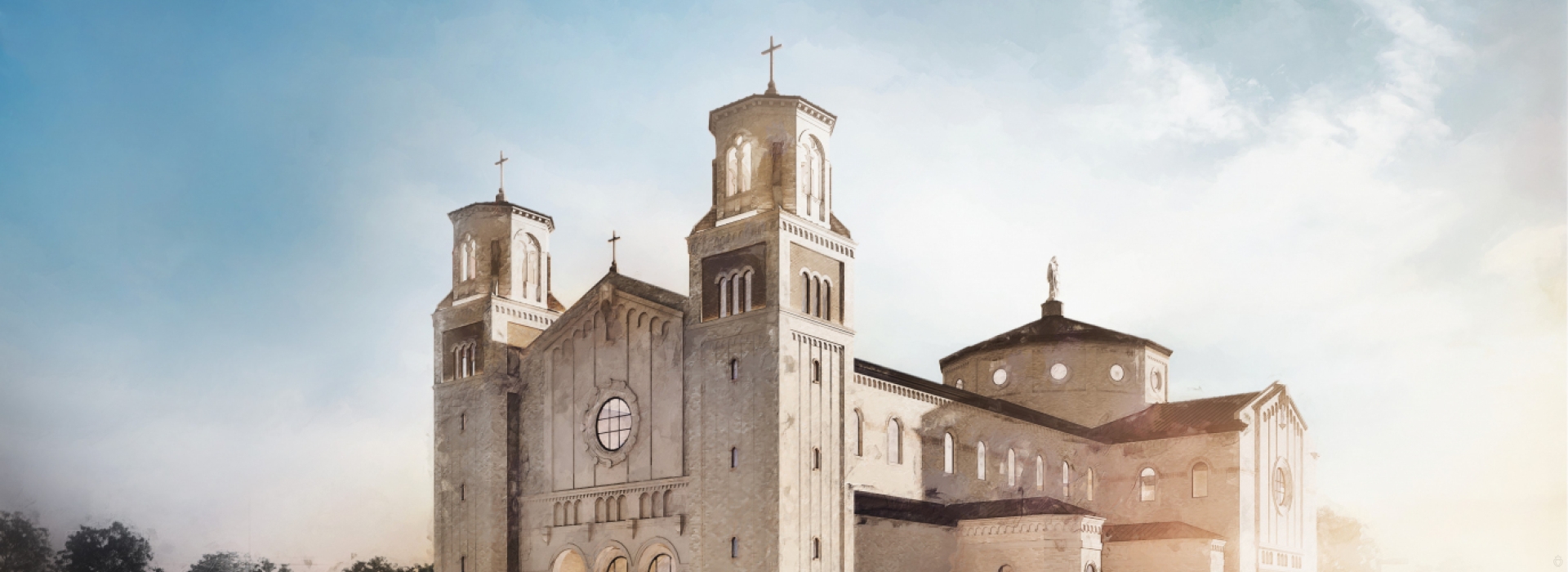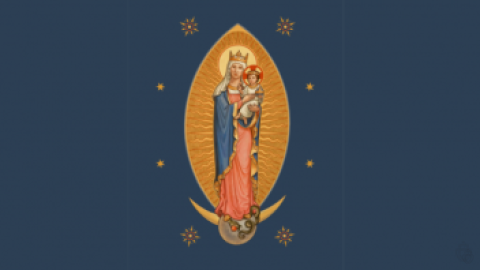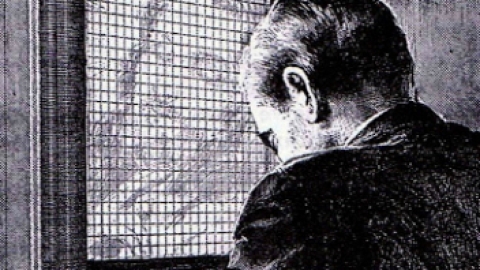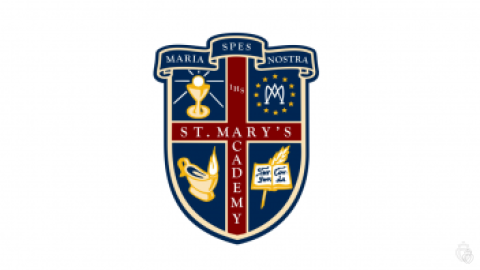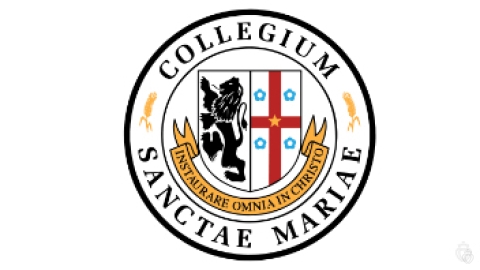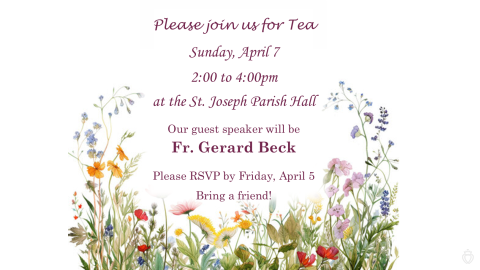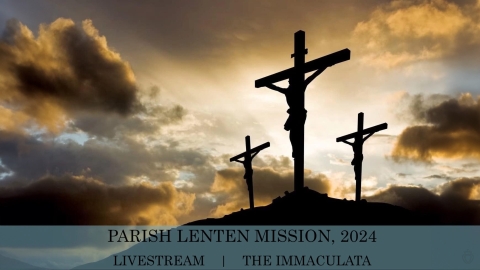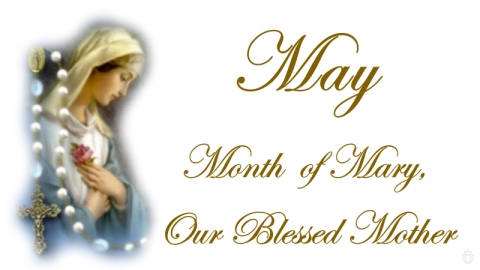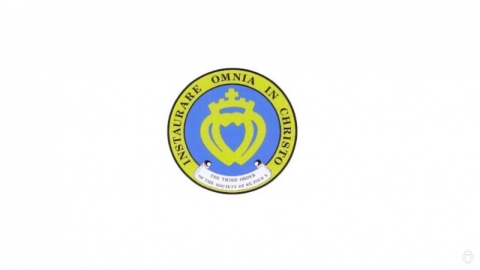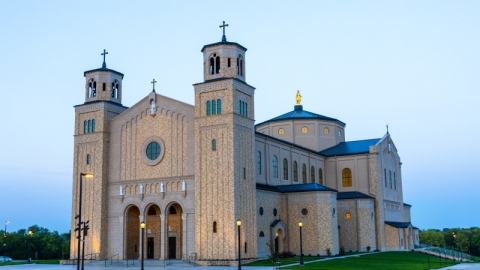Almost one year ...
-
Helpful Links
-
Media
- Click this link to go to the page about About KSMK 98.3 FM Radio
- Click this link to go to the page about "Time with Father" videos
- Click this link to go to the page about "In Defense of SMC"
- Click this link to go to the page about Catholic Education Alive
- Click this link to go to the page about The Immaculata: livestream Sunday Mass
